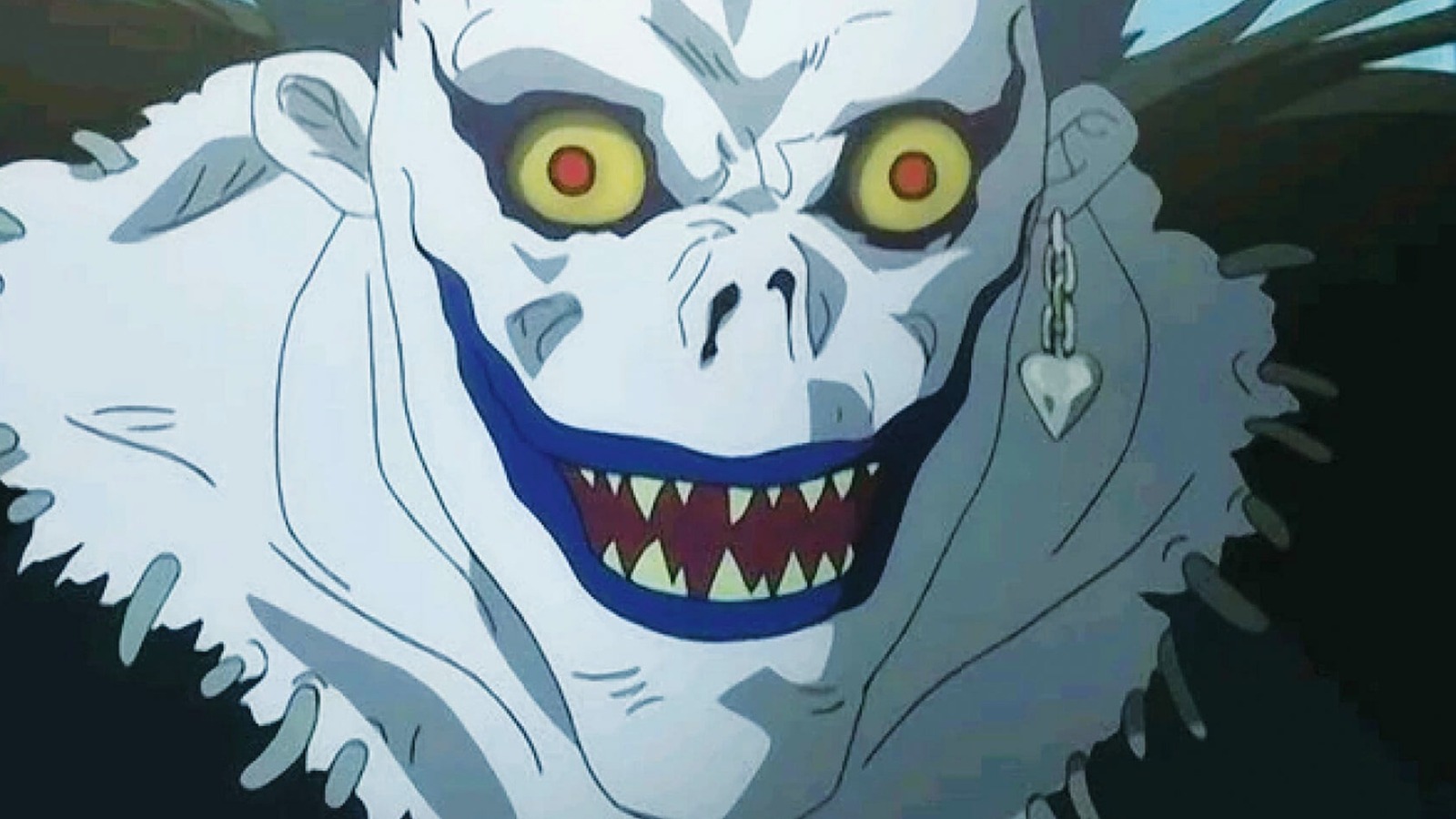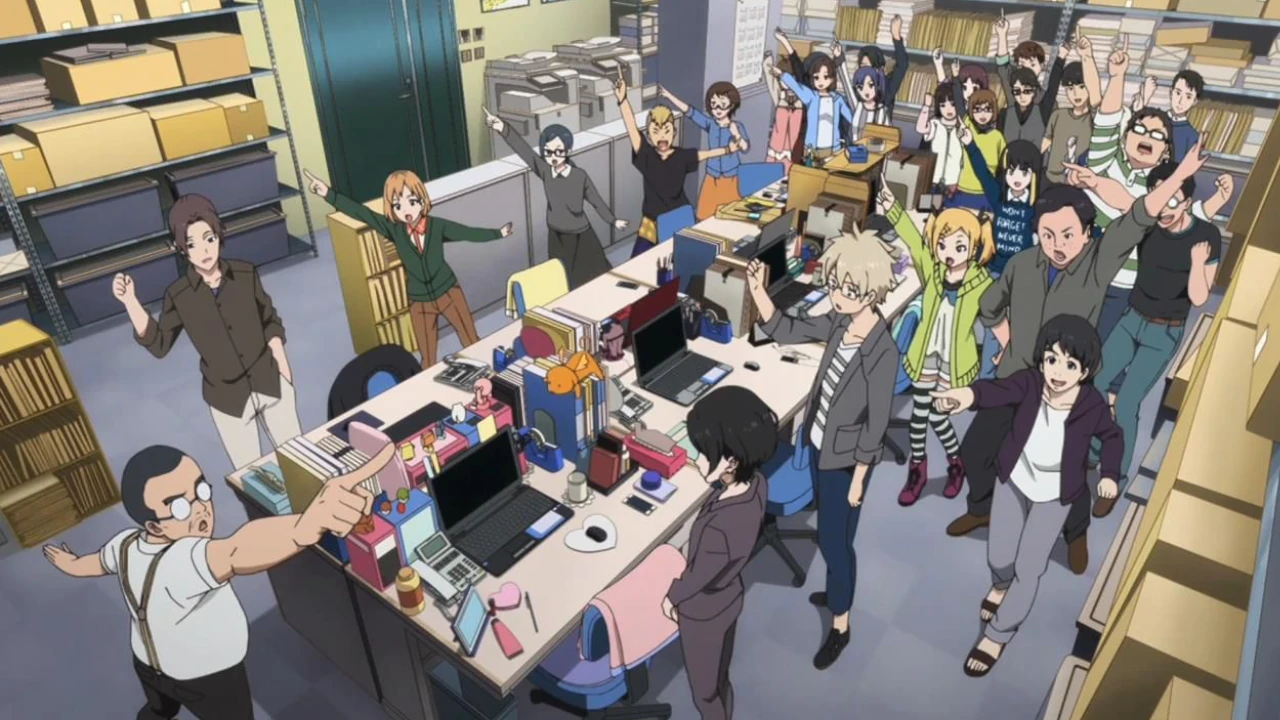Monster manga characters? Dude, that’s like, totally rad! From creepy crawlies to mind-bending metaphysical beings, manga’s monsters run the gamut. We’re diving deep into the world of these awesome (and sometimes terrifying) creatures, exploring their designs, their motivations, and how they totally shape the stories they’re in. Get ready to geek out!
We’ll break down everything from the classic shonen battle monsters to the more nuanced, complex villains found in seinen and josei manga. Think about the impact of their designs—the colors, the symbolism, the
-vibe*—and how those things totally affect the story. We’re also gonna check out how these monsters reflect our own world, acting as metaphors for societal issues and our own inner demons.
It’s gonna be epic.
Defining “Monster” in Manga
Yo, let’s dive into the wild world of manga monsters! It ain’t always about literal, three-headed dragons, ya know? In manga, “monster” gets a serious upgrade, covering everything from gnarly creatures to messed-up metaphors representing societal issues or inner demons. Think of it as a whole spectrum, from the physically monstrous to the emotionally monstrous.
Diverse Visual Representations of Monsters
Manga’s monster designs are straight-up bonkers, man! You’ve got everything from classic kaiju-style giants to creepy crawlies, ethereal spirits, and even twisted humanoids. The visual style totally depends on the genre. Shonen manga often features over-the-top, powerful monsters, while seinen manga might explore darker, more psychologically disturbing designs. Josei manga could use monsters to represent societal pressures or internal conflicts, often with a more nuanced and realistic approach.
Monster Portrayals Across Manga Genres
The way monsters are portrayed differs wildly depending on the genre. Shonen manga typically features epic battles against powerful monsters, often symbolizing external threats or challenges the protagonist must overcome. Seinen manga often delves deeper into the psychological aspects of monstrosity, exploring themes of darkness, corruption, and the human condition. Josei manga might use monsters as metaphors for societal pressures, internal struggles, or the complexities of relationships.
Iconic Monster Manga Characters
Here are some iconic monster characters that have left their mark on manga history. These baddies aren’t just scary; they’re complex, memorable, and often push the boundaries of what we think a “monster” should be.
| Character Name | Series | Defining Features | Motivations |
|---|---|---|---|
| Garou | One-Punch Man | Human monster, incredible martial arts skills, constantly evolving | To become the strongest |
| Dio Brando | JoJo’s Bizarre Adventure | Vampire, manipulative, incredibly powerful Stand user | Power and domination |
| Cell | Dragon Ball Z | Bio-android, near-perfect being, immense power | Self-perfection, conquest |
| Aizen Sousuke | Bleach | Shinigami, incredibly intelligent and manipulative, immense spiritual power | To achieve his ideal world |
| Griffith | Berserk | Initially a charismatic leader, transforms into a demonic entity | Power and his own twisted ideals |
| Orochimaru | Naruto | Sannin, obsessed with immortality and forbidden jutsu | To gain immortality and knowledge |
| Meruem | Hunter x Hunter | Chimera Ant King, incredibly intelligent and powerful | Survival and evolution |
| Yami | Black Clover | Dark magic user, powerful and mysterious | To protect his people |
| Madara Uchiha | Naruto Shippuden | Uchiha clan member, powerful and skilled in ninjutsu | To create a world according to his ideals |
| Zeno | Dragon Ball Super | Omni-King, ruler of all universes, immense power | Maintaining balance |
Monsters Defying Typical Tropes, Monster manga characters
Not all manga monsters are mindless beasts. Some show surprising intelligence, empathy, or even heroic qualities. For example, some monsters might be victims of circumstance, forced into villainy through trauma or manipulation. Others might possess a complex moral code or even a desire to protect something they care about.
Monster Character Archetypes
Manga monsters often fall into familiar archetypes, each with its own narrative function. These archetypes provide a framework for exploring complex themes and ideas.
Common Monster Archetypes and Their Narrative Functions
- The Tragic Monster: Often a victim of circumstance, their actions are driven by pain or a desperate need for something.
- The Mindless Beast: A pure force of nature, representing primal instincts or uncontrolled power.
- The Manipulative Mastermind: Highly intelligent and cunning, they use strategy and deception to achieve their goals.
- The Fallen Hero: Once a virtuous being, they’ve fallen from grace due to corruption or betrayal.
- The Protector Monster: Though monstrous in appearance, they defend something they cherish.
Monster Power Sources
- Magic
- Technology
- Mutations
- Parasitic forces
- Cursed energy
The Role of Monsters in Narrative Structure
Monsters are way more than just obstacles in manga. They’re crucial to the plot, driving the story forward and creating conflict. Think of them as the ultimate plot devices.
Monsters as Plot Devices
The introduction of a new monster often marks a turning point in the story, raising the stakes and forcing the protagonist to grow and adapt. The defeat or transformation of a monster often signifies a significant character arc or resolution of a central theme.
Monster Character Design and Visual Language: Monster Manga Characters

A killer monster design isn’t just about making something scary; it’s about communicating personality, power, and even the monster’s inner world. The visuals tell a story all on their own.
Remember to click best yuri manga to understand more comprehensive aspects of the best yuri manga topic.
Visual Elements in Monster Design
Color palettes, body language, and symbolism all play a crucial role. For example, a monster with sharp, angular features might convey aggression, while a monster with flowing, organic lines could suggest a more ethereal or mysterious nature. Specific visual details, such as scars or markings, can add layers of depth to the character, hinting at their past or motivations.
The Evolution of Monster Design in Manga
Manga monster design has evolved drastically over time, reflecting changing artistic styles and technological advancements.
Evolution of Monster Design Across Eras
Early manga often featured more simplistic monster designs, reflecting the limitations of the printing technology. As technology improved, so did the complexity and detail of monster designs. The influence of Western horror and fantasy has also been significant, leading to a greater diversity of styles and approaches.
Monsters as Reflections of Society
Manga monsters aren’t just creatures of fantasy; they often serve as powerful metaphors for societal anxieties, political critiques, and cultural commentary.
Monsters as Social Commentary
Monsters can represent prejudice, discrimination, environmental destruction, or other societal issues. The way monsters are portrayed can reflect the cultural context in which the manga was created, offering insights into the anxieties and concerns of the time.
So, yeah, monster manga characters are way more than just scary faces. They’re complex, multifaceted creations that drive narratives, explore deep themes, and totally rock the visual aesthetic. From classic designs to mind-blowing new interpretations, these monsters push the boundaries of storytelling and leave a lasting impact. Next time you’re reading manga, take a second to appreciate the awesome power (and sometimes the tragic backstory) of the monsters—they’re a huge part of what makes manga so awesome.



